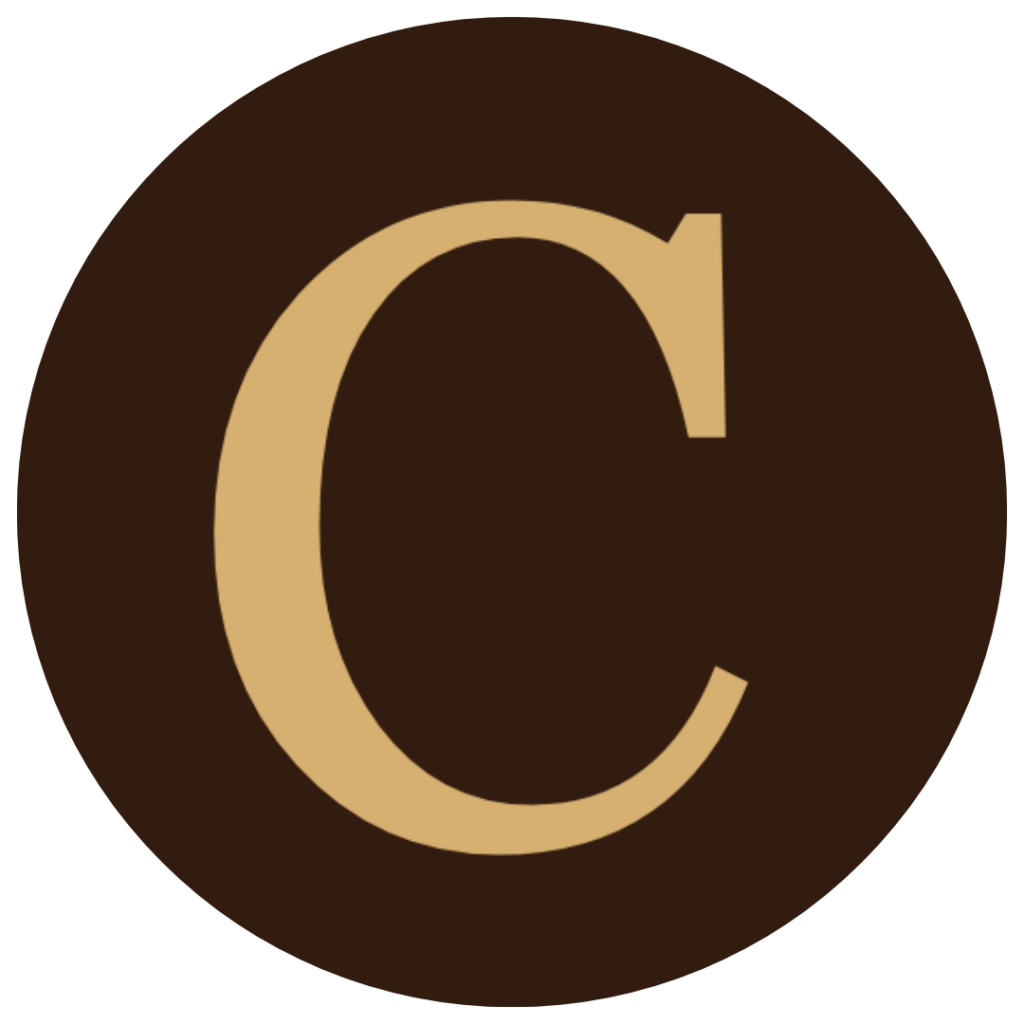By: Hannah Scott
Staying ahead of the curve is essential for survival in the corporate market. The landscape is rapidly changing, and competition is getting fiercer. In this scenario, newer and innovative strategies are flipping the corporate script, giving businesses an extra edge to thrive. One such strategy that’s been making waves lately is Product-led Growth (PLG). This bottom-up approach is considered to be a strategy that can redefine the relationships between businesses and their customers.
But what exactly is it, and why should businesses pay attention to it?
Imagine a world where your product speaks for itself, where users flock to it like moths to a flame, and where growth feels almost effortless. That’s the promise of Product-led Growth, an approach that’s turning heads in the tech world and beyond.
According to tech entrepreneur and Forbes Council member Patrick Parker, PLG isn’t just a buzzword – it’s a game-changer. As the founder of SaaS Partners, a company dedicated to helping businesses harness the power of PLG, Parker knows a thing or two about what makes this strategy so effective.
“PLG puts the product front and center,” Parker explains. “It’s all about creating a product that’s so compelling, so intuitive, that it practically sells itself.”
So, what exactly sets PLG apart from traditional growth strategies? Well, for starters, it flips the script on how businesses approach customer acquisition. Instead of relying solely on sales and marketing efforts, PLG leverages the product itself as the primary driver of growth.
“Think of it like this,” Parker says. “With PLG, your product becomes your best salesperson. It’s always on, always available, and always ready to wow users with its value and utility.”
But PLG isn’t just about attracting new customers – it’s also about keeping them coming back for more. By focusing on user experience and continually iterating on the product based on active user feedback, businesses can create a loyal customer base that sticks around for the long haul.
“Retention is key,” Parker emphasizes. “It’s about keeping users engaged and invested in your product over time. And that’s where the real magic happens.”
Of course, implementing a PLG strategy isn’t always easy. It requires a fundamental shift in mindset, as well as a willingness to embrace experimentation and iteration. Besides, it requires an approach to development that keeps customer preferences in the driving seat.
By embracing PLG, businesses can unlock new levels of growth and innovation that simply aren’t possible with traditional approaches.
That’s where companies like SaaS Partners come in. With a team of seasoned experts and a track record of success, SaaS Partners is helping businesses navigate the complexities of PLG and build tailored SaaS products that leverage their full potential.
Parker says, “We want to help businesses thrive in the digital age by harnessing the power of PLG. And with the right guidance and support, we believe that anything is possible.”
SaaS Partners have helped over 300 clients in the past six years develop cutting-edge SaaS solutions and adopt the PLG approach meticulously for driving growth. Providing an all-around service from product development to marketing, SaaS Partners has garnered several awards, highlighting Patrick’s tech and business acumen.
So, whether you’re a startup trying to do something different or a seasoned enterprise looking to scale further, one thing is clear: Product-led growth has the potential to revolutionize the way you do business. Your apps, portals, and digital ecosystems can become massive growth drivers if done right. Offering them as software as a service can further make your product accessible.
Embrace the power of PLG today and unlock a world of possibilities for your business tomorrow.
Published by: Khy Talara









